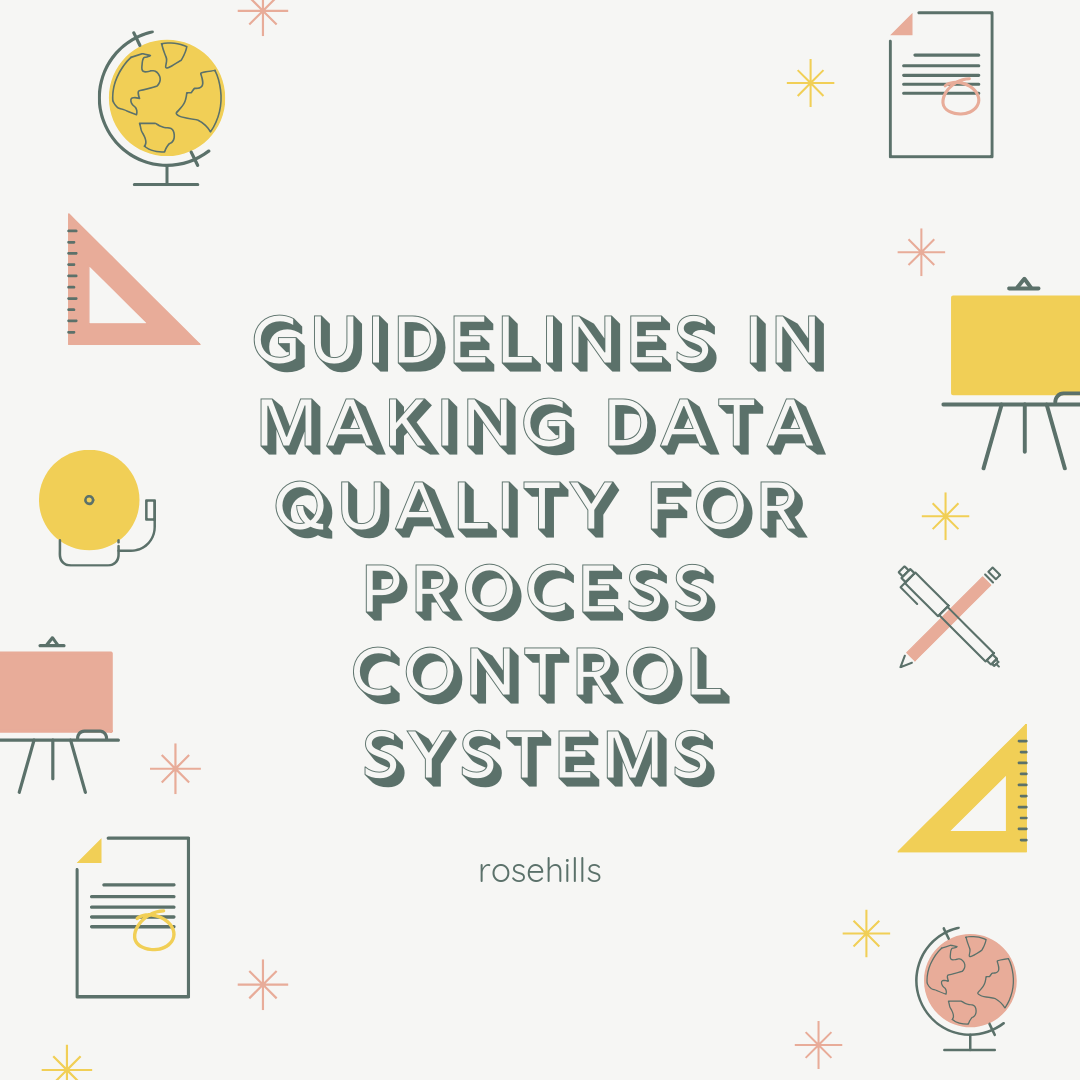
Have you ever wondered which type of products that the other customers are producing when they are using electronics enclosure – despite of the size? In this article, you will find out. Welcome to another article about product highlights!
To start my story, my sister recently moved to Daytona beach just a few years ago. As a long-time race fan, my sister and her friends wanted to be closer to the action taking place. The best place to watch racing is in Daytona beach. Not only that the largest fan community of racing is placed there, it is also a beach! Which is very wonderful! When she still lives in Cleveland, she would like to visit the racetracks just each weekend. Her boyfriend would even participate in the races because she really likes it! With our product highlight, I remember that this product reminds me of her.
The company safety first has successfully created an electronic fuel stick made for sprint car racers. This specific device was able to determine and tell the Crew Chief how much fuel is now left in the tank. The additional feature of tis product is it also determines how much fuel was use during the last run on the track. The safety device now enables the drivers to determine how much fuel they needed to restock so that they would not run out of fuel during the race.
This is where our product comes in, the Fuel Stick can also be a very good indicator of any engine problems. Even if the fuel line leaks, or if there are other functional issues. By just carefully determining the amount of fuel an average track should be able to use, the Crew Chief of the race should be able to tell whether the specific run already took an unusual amount of the fuel. The team would be needing to investigate to effectively determine what is the exact problem, but the Xtreme Fuel Stick would let them determine about it just before it poses a much larger problem. So if you have a project that uses other companies’ enclosure, feel free to send them your product. You wouldn’t know the possibilities and opportunities this might bring you. Your product might be even featured in their next blog!










